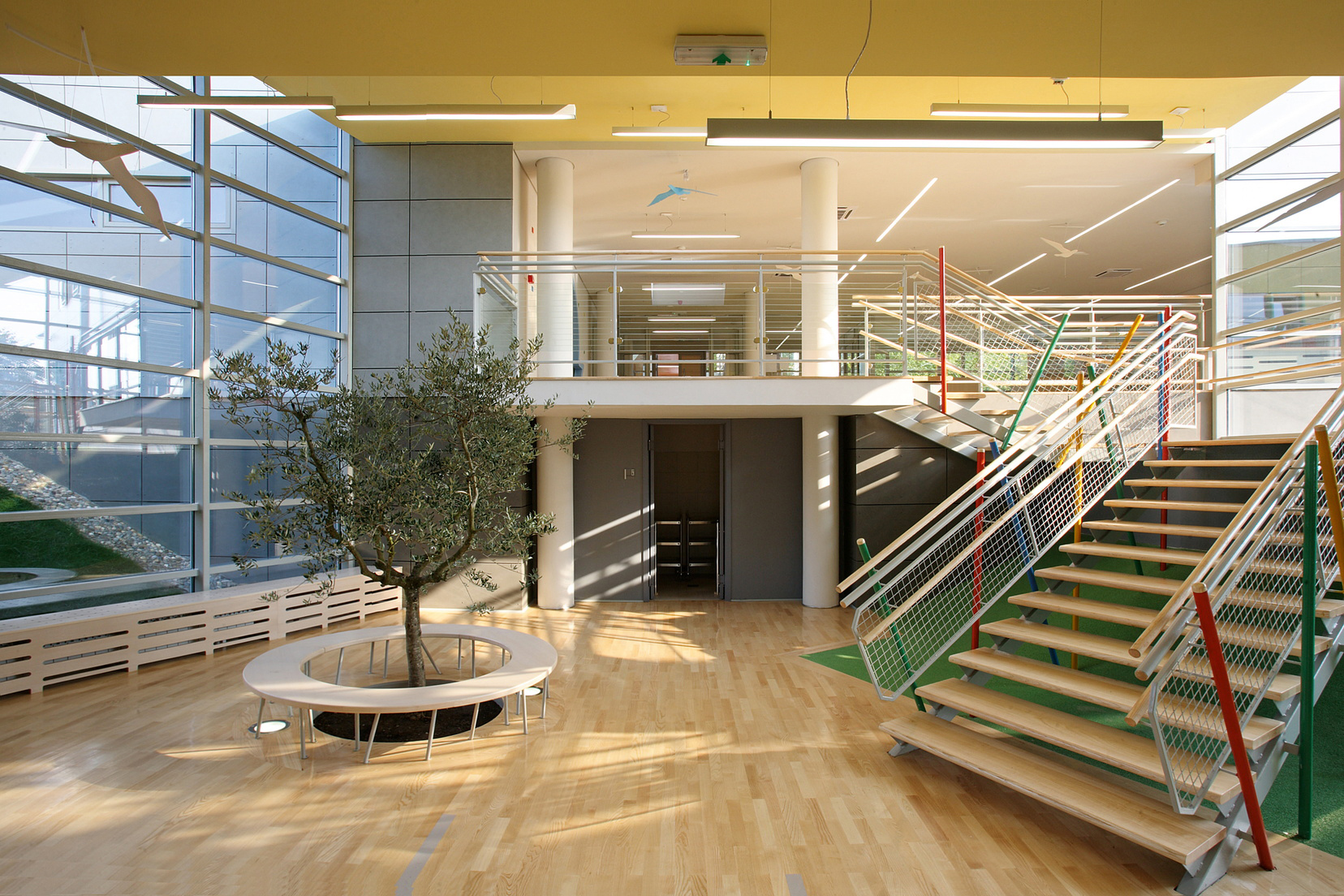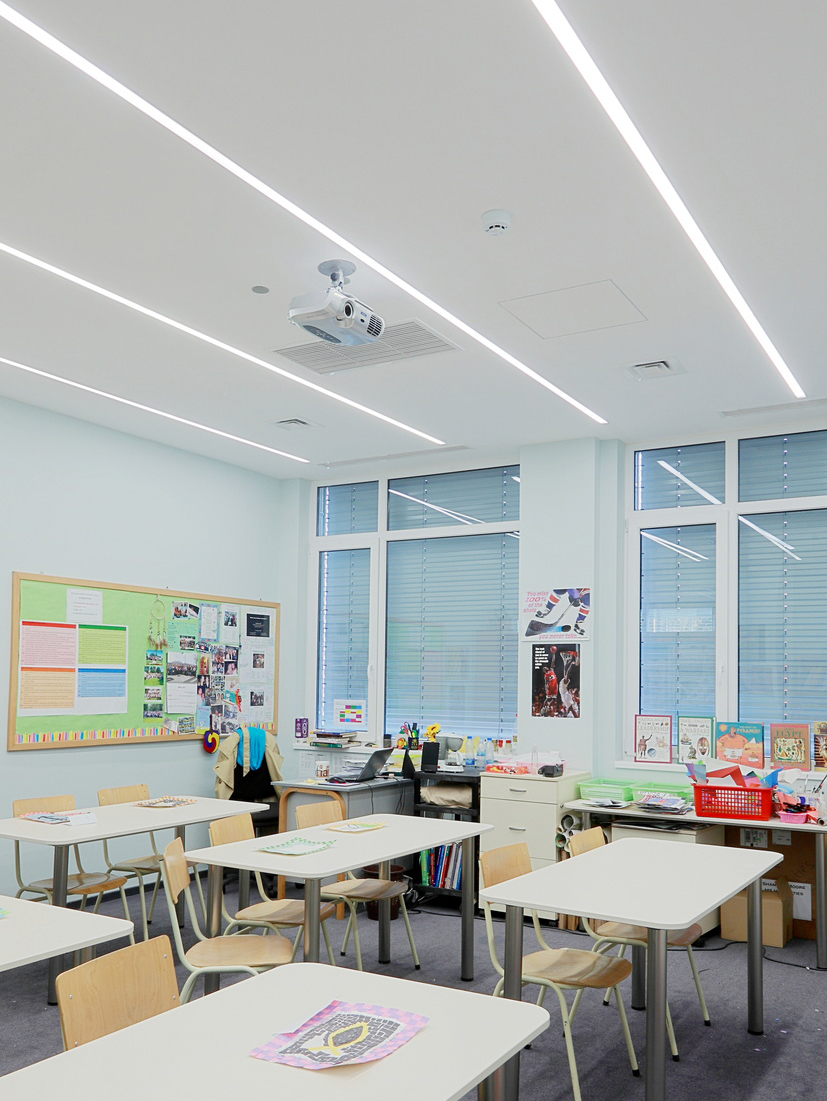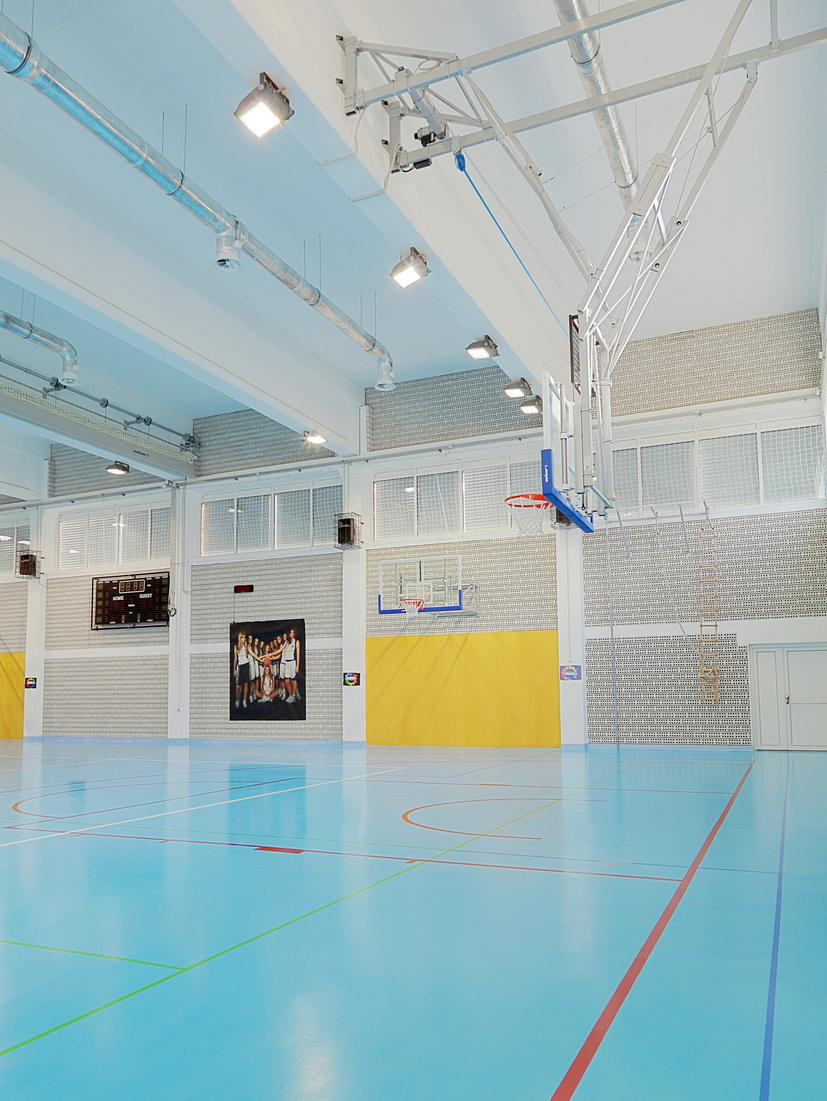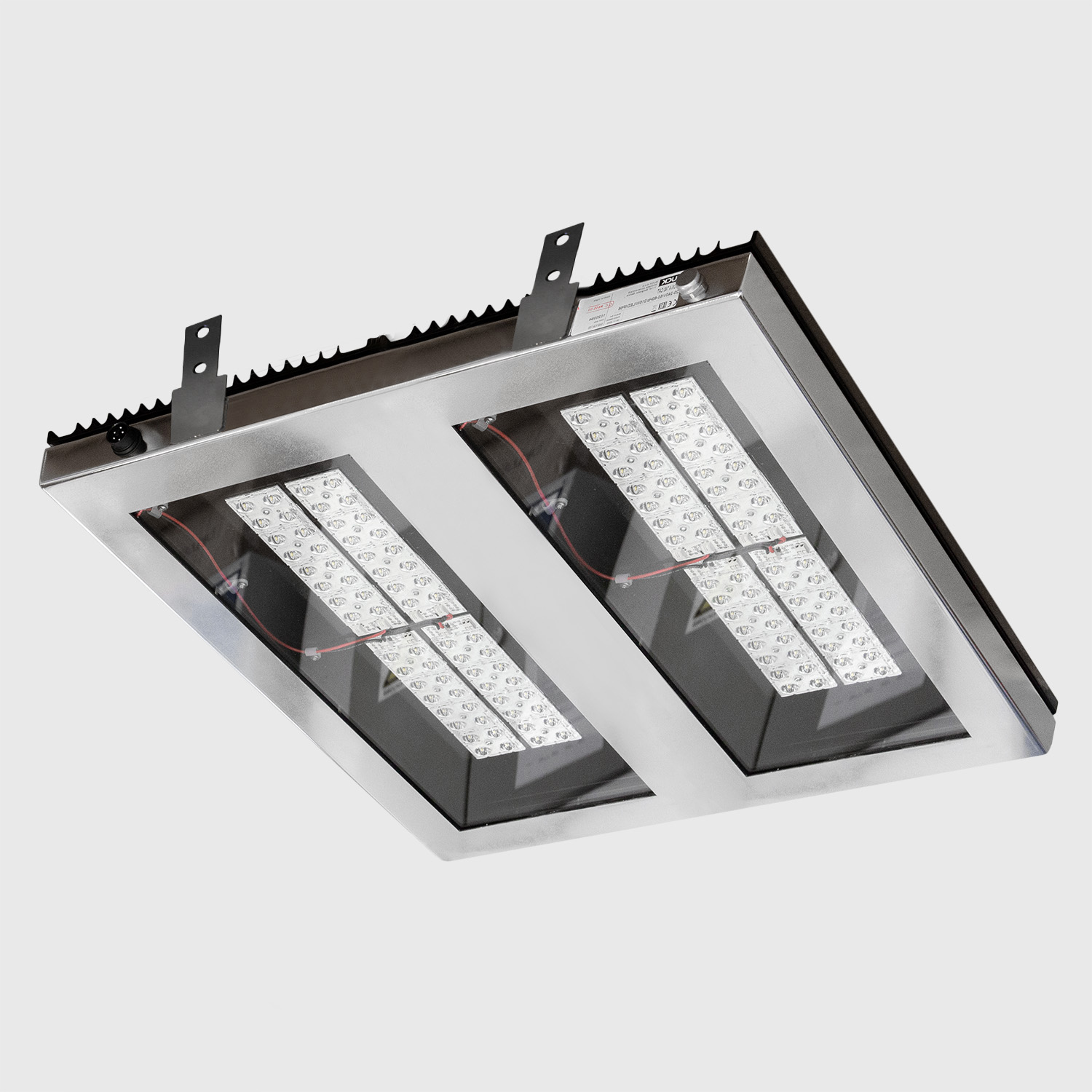September is the first month of autumn, which, in addition to rainy days and colder weather, announces the beginning of a new school and university year. The return of pupils and students to classrooms and amphitheatres implies a multitude of activities, such as the preparation of educational programs, but also the preparation of the facilities in which classes are held. The way students are acquiring knowledge and factors that increase the ability of students to concentrate during classes are gaining more attention. The beginning of the academic year is preceded by the improvement of working spaces and auxiliary rooms. As in many other aspects of life and business, lighting has a key role in the lives of educational institutions.

Students who study with a high level of natural light achieve 18% better results
When we talk about the importance of properly lit rooms in educational institutions, it is necessary to first clarify the purpose of considering lighting so important. Research by the Heschong Mahone Group found that students who were exposed to high levels of natural light score as much as 18% better than those who were not. The importance of natural light is already widely known, but unfortunately, it is not always possible to provide it. Sometimes the obstacles are of an architectural nature, while in some other cases, shift lectures or classes in the winter, when the day lasts much shorter, prevent access to natural light. Precisely for these reasons, it is not possible to rely on the constant presence of natural light, and therefore it is necessary to use artificial lighting that would support the learning process in an adequate way.
When designing the lighting system of educational institutions, it is necessary to take into account various factors
A carefully designed lighting system takes into account a number of factors in order to provide optimal learning conditions such as intensity, flicker, brightness, the colour of the light … Poor lighting in the room is associated with low capacity of reading, reduced concentration, unhealthy body posture and long-term visual impairment. Excessive variation in light intensity in rooms causes discomfort or hyperactivity, so it is necessary to achieve the same level of illumination in order to avoid any interference.

Excessive brightness from a light source in the working area interferes with visual activities and can result in headaches, eye strain, reduced concentration and productivity, so it is very important that the lighting system is carefully planned in the space. Flicker is characteristic of certain light sources, such as those with electric discharge, of which fluorescent lighting is the most famous representative. As a very undesirable feature of an artificial light source, it can lead to visual disturbances or worsen conditions such as epilepsy. Colour, as a lighting characteristic, plays a vital role in the learning environment because it affects the level of the activity that the brain performs, and thus the efficiency of learning and the possibility of continuous monitoring of the material.
The importance of circadian lighting and biological rhythm monitoring
Light not only affects our visual performance but has an effect on various physical and emotional attributes that affect the performance of students. Circadian lighting is an approach within Human-centric lighting (HCL), where the change in the intensity and spectral composition of artificial light affects the biological functions of people, as it happens under the influence of daylight. It is also called biologically active, given its impact on the biological functioning of the human body. The biological rhythm of humans is directly related to the change of day and night. The blue spectrum in high-intensity daylight stimulates the activity of the human body and keeps it awake, while its absence in warmer tones enables the secretion of the hormone melatonin and puts us to sleep. Cicardial LED lighting improves the synchronization of the biological rhythm of teachers and students.

One of the most important features of efficient school lighting design is flexibility. Intense and cooler lighting (4000-5000 K), as already mentioned, can help pupils and students feel more active and concentrated, while warmer lighting can relax and calm them (2700K). Classrooms and common areas will probably be used for different purposes during the day, so it is important to enable a change in the colour and intensity of lighting. Appropriate lighting levels help students and teachers to move safely within school facilities. The educational centre, as well as each of its parts individually, should be a safe, usable space without dark corridors or insufficiently lit parts. In addition to the importance of learning, proper lighting should enable a safe stay for all members of the educational team.
When designing architectural solutions for educational institutions, it is important to make maximum use of natural light sources. This is easier to achieve in new buildings because access to natural light can be implemented in the design phase. At the same time, for older schools and universities, situation is more complex. Switching to LED lighting in conditions when it is impossible to have natural light sources can benefit students and staff and contribute to the betterment of the institution and its budget level.











